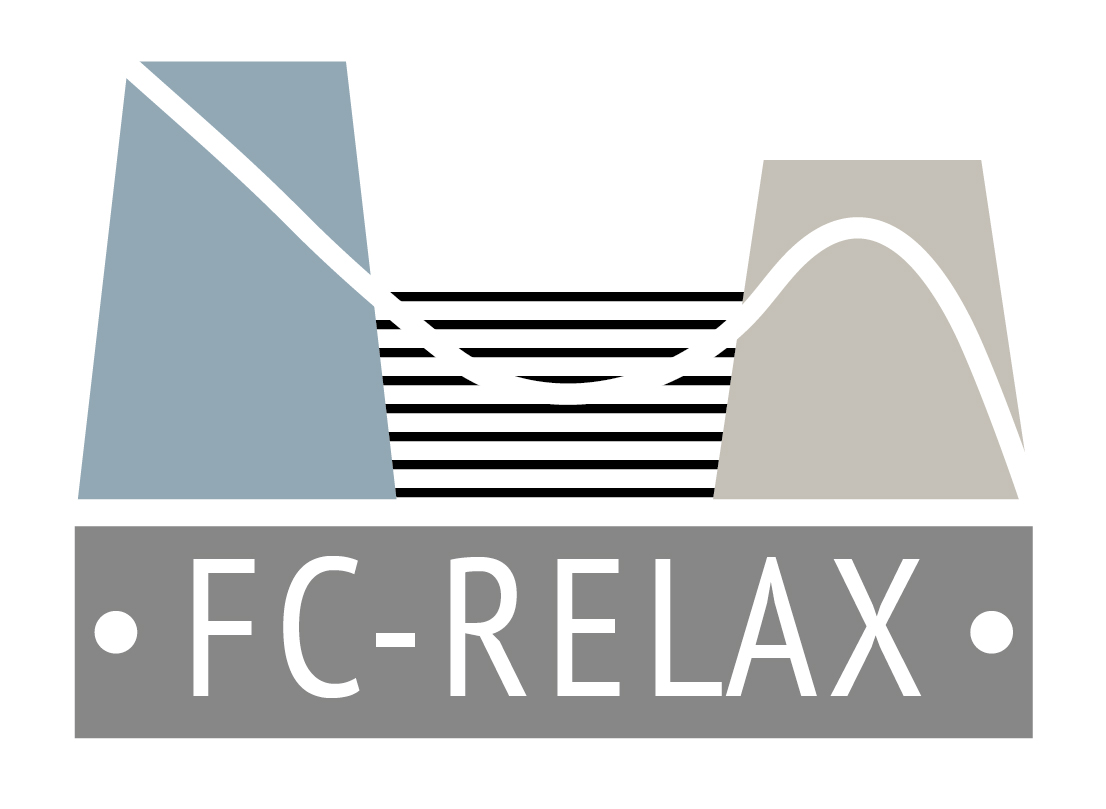| DC-01 Adam Kubrak | UNIFI |

My name is Adam Kubrak, I am a graduate master's student from the Jagiellonian University (JU) in Krakow (Poland) and I become a PhD student at the University of Florence (UNIFI) as well as part of the FC-RELAX Doctoral Network. I finished my master’s and bachelor's degree in Chemistry with a focus on biospectroscopy. During my bachelor studies in chemistry, I worked as a student volunteer at Jagiellonian Center for Experimental Therapeutics and in the Raman Imaging Group at the Chemistry Faculty as a beneficiary internal scholarship. The main aim of our project was the research on the applications of Raman spectroscopy, which is a potential new tool for clinical diagnosis. My study focused on the biochemical analysis of endothelial cells under different conditions using the Raman imaging technique to monitor changes in biochemical composition in endothelial cells. On the other hand, I analyzed also Raman reporters (RR), which allows us to monitor organelles. The performed study, which was also part of my bachelor's thesis was focused on the effects of adrenaline and cortisol changes in nucleic acids, lipids and protein content and their distribution in human coronary artery cells. The evaluated RR MitoBADY visualized the distribution of the mitochondria in different conditions of the cells. Research Project: Proton relaxivity of paramagnetic proteins and nanoparticles in confined environmentsHost Institution: University of Florence Supervisor: Giacomo Parigi Objectives:
Secondments:
|
| DC-02 Kahinga Kamau | UWM |

I earned a Bachelor's degree in Industrial Chemistry (First Class honors) from Dedan Kimathi University of Technology in Kenya in 2016. My thesis was "Determination of the levels of copper and lead in the soils of Kimathi University coffee farm" whereby I used scanning electron microscopy (SEM) and atomic absorption microscopy (AAS) for my project analysis. Nonetheless, I was awarded the vice-chancellor award among the thee best overall students in the 2013/2014 and 2013/2014 academic calendars while we pioneered the Dedan Kimathi University Chemistry Club. After my undergraduate program, I marveled how matter interacts to form new things, how Mother Nature has everything figured out when she meets with science. This intensified my love for the sciences, especially molecular dynamics and as I did my final examinations, I had already decided to pursue research in molecular dynamics at the masters level. Actually, I was among the best students in that year in our department. Joining masters program proved to be the best thing ever. I received the prestigious Korean Government scholarship in 2017, that catered for one year Korean Language programe at Inha University and a Master’s degree in Physical Chemistry (computational chemistry) from Kyungpook National University in South Korea. For my graduate program, I worked on mapping the ground state of a system of non-interacting quasi-particles using the standard Kohn-Sham (KS) density functional theory methodology (DFT), my masters thesis was entitled ‘Ab initio theoretical study of photo-protective mechanisms of both methyl anthranilate and menthyl anthranilate as used in sunscreen bythe MRSF’. Also, I examined photodynamically excited three state population transfers via sequentially coupled two vibrational modes in s-trans-1,3-Butadiene, A Fresh Look at the Absorption Spectrum of 4 (N,N Dimethylamino) benzonitrile by Mixed Reference Spin Flip Time Dependent Density Functional Theory (MRSF TDDFT). Additionally, structures implicated in the usage of p-cresol for the production of AgNPs and charge transfer were examined in order to better understand cation-cation interactions. I was working with atomistic modelling techniques from MRSF-TDDFT during this time, which were used to these simulations' conical intersection (CI) searches, geometry optimisation, and ab initio calculations of energies. Furthermore, GAMESS-US software was used for Molecular Dynamics (MD) simulations. Python and bash programming were used to do all of these tasks. After graduating, I have been a part time lecturer at Jomo Kenyatta University of Agriculture at Department of Chemistry. I prepared and delivered lectures on subjects including group theory, physical chemistry, chemical kinetics, computer applications in chemistry, nuclear chemistry, polymer processing, and chemical thermodynamics to undergraduate students. I was in charge of exam preparation, and grading. I also kept track for student attendance, grades, and other necessary data with confidentiality. In order to provide students with guidance and support, I produced course materials like assignments and handouts while keeping my regularly scheduled office hours. I oversaw undergraduate research and teaching projects, as well as studying of recent literature, conversations with peers, and attendance at conferences. During this period, we published a book chapter entitled Solid Solution Strengthening in High-Entropy alloys in High Entropy Materials - Microstructures and Properties book edited by Prof. Yong Zhang. Research Project: Slow dynamics of biomolecular systemsHost Institution: University of Warmia and Mazury Supervisor: Danuta Kruk Objectives:
Secondments:
|
| DC-03 Guru Kiran | UMONS |
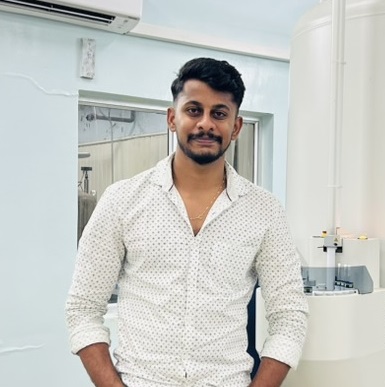
I’m Guru Kiran, and I come from the vibrant city of Bangalore, India. I graduated from the University of Bangalore in MSc organic chemistry with a 3years bachelor degree in chemistry, zoology, microbiology. I became fascinated in the research field in NMR and by the way how these techniques are applied to the design of new molecules with possible commercial and biological activity. I used NMR spectroscopy as the main tool in my master dissertation work in synthesis of biologically active heterocyclic compounds. After the completion of my masters degree I joined as a project associate in prestigious NMR research Centre IISC Bangalore where I had the privilege of working alongside esteemed researchers and performing NMR experiments on small molecules to bigger proteins and also to do there structural analysis for 2 years and gained instrument handling and performing of NMR 1D and 2D experiments HMBC, HSQC, ROSEY, NOESY, COSY, TOXY etc experiments in both solution and solid-state NMR, in solid state I have learned doing cp-mas, mat pass, saturation recovery, Han-echo and other single pulse decoupling experiments and experience in handling Bruker 800, 700, 500, 400 MHz spectrometer. This opportunity has equipped me with a deep understanding of molecular dynamics and ability to analyse NMR relaxation properties of biomolecules. Research Project: Synthesis and relaxometric studies of Mn-complexes associated to silica nanoparticlesHost Institution: University of Mons Supervisor: Sophie Laurent Objectives:
Secondments:
|
| DC-04 Muhammad Muntazir Mehdi | IST |
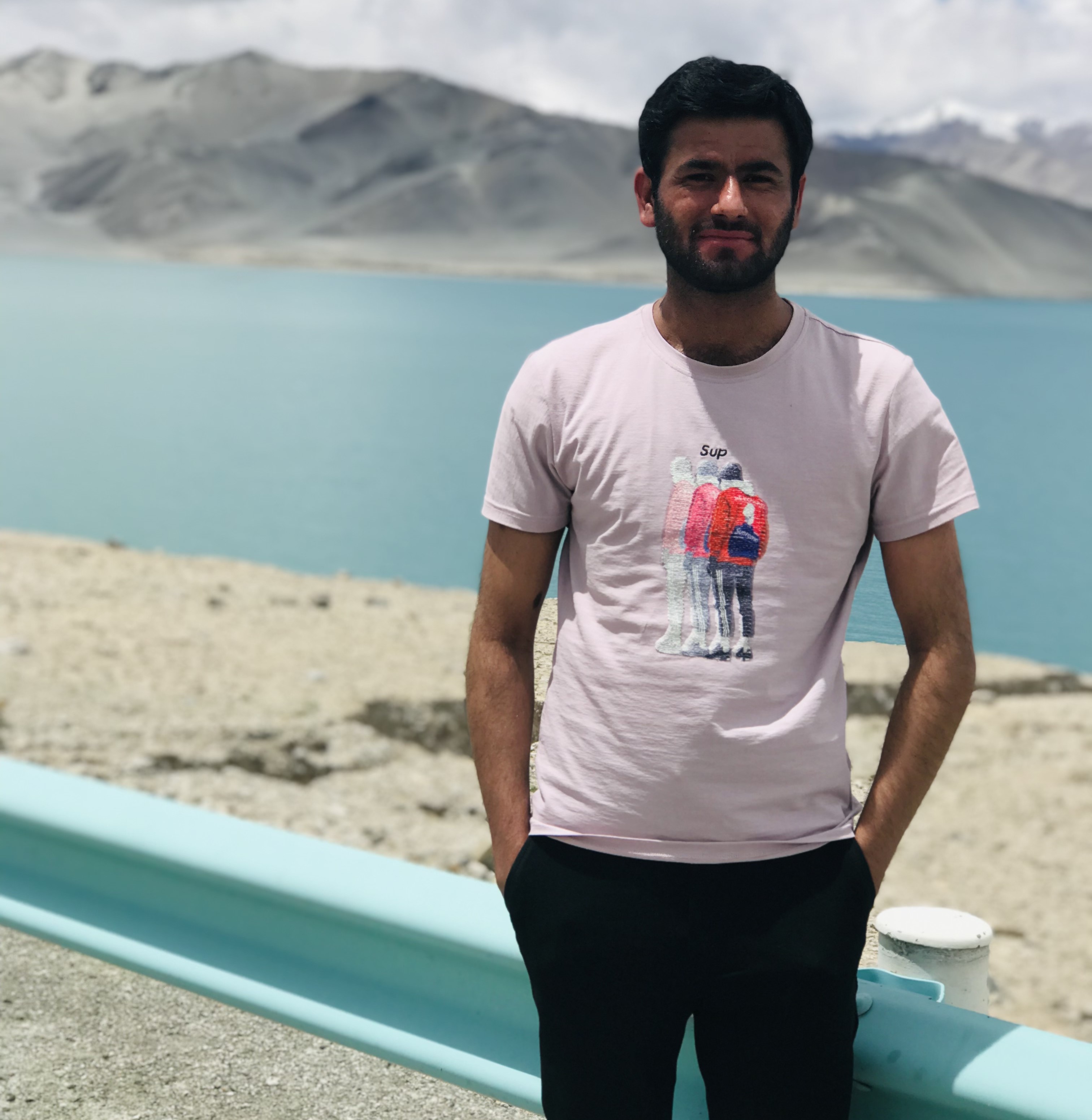
Hello, I am Muhammad Muntazir Mehdi, a 29-year-old individual hailing from The Islamic Republic of Pakistan. I embarked on my academic journey with a passion for Physics, and today, I'd like to share some highlights of my educational and research experiences with you. Research Project: Data processing software for FC NMR relaxometry and characterization of advanced materialsHost Institution: Instituto Superior Tecnico Supervisor: Pedro Sebastiao Objectives:
Secondments:
|
| DC-05 Angel Mary Chiramel Tony | UROS |
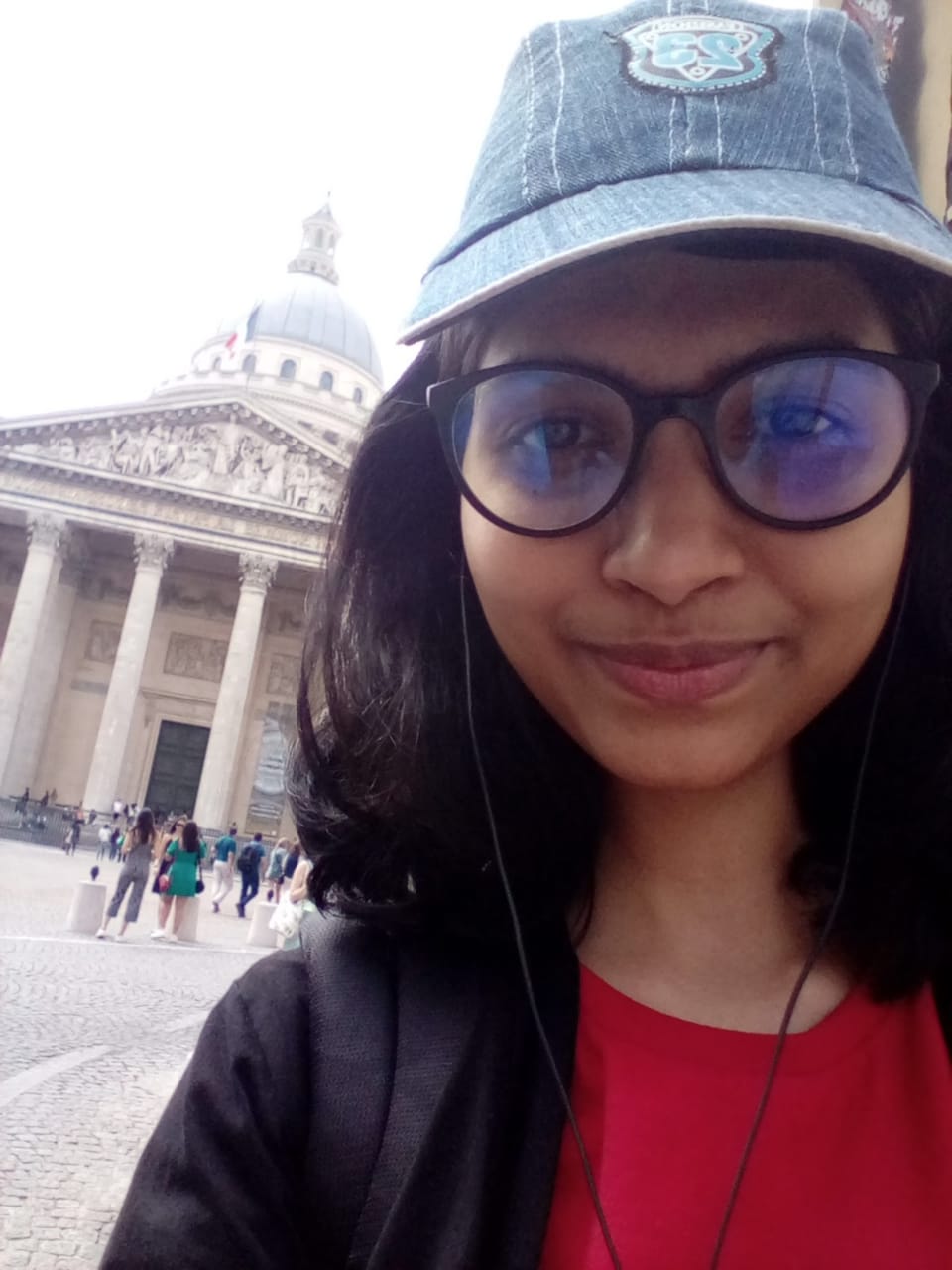
I’m Angel Mary from India, and I graduated from the Indian Institute of Science Education and Research (IISER)-Kolkata with my BS-MS dual degree. I learned about the MD simulations and the plethora of applications they had in the fields of biophysics and materials science through a reading project during my undergrad days. Following that I joined the theoretical and computational biophysical chemistry lab and explored my interests in spin glass theory and the non-native perturbation in the “Go-model” of protein folding. This got me hooked on the subject of statistical thermodynamics as a tool to connect the macro and micro regimes and study complex systems. I have also explored the in-silico tools employed in the drug discovery process and the potential of catalytic antibodies through a short project. I got the opportunity to carry out a summer internship at the University de Paris as a part of the prestigious Charpak scholarship. The focus of this project was to decipher the structural specificity of non-coding RNA molecules by using various tools to model the secondary structure of RNA, incorporating the SHAPE (biochemical characterization technique) data available. I did my master’s thesis on the structure based coarse-grained modeling for RdRp (RNA dependent RNA polymerase) of SARS CoV-2, addressing the large length scale and long time scale problem. I have obtained notable findings about the breathing dynamics of the RdRp protein guiding RNA binding to the active site of RdRp. I have a strong passion for teaching as it always helped me better understand the concepts and apply them effectively in my research. Apart from my research work, I take an interest in science communication initiatives as well. Research Project: Computing dipolar and quadrupolar NMR relaxation data from MD simulationsHost Institution: University of Rostock Supervisor: Ralf Ludwig Objectives:
Secondments:
|
| DC-06 Madeleine Rhodes | UNIABDN |
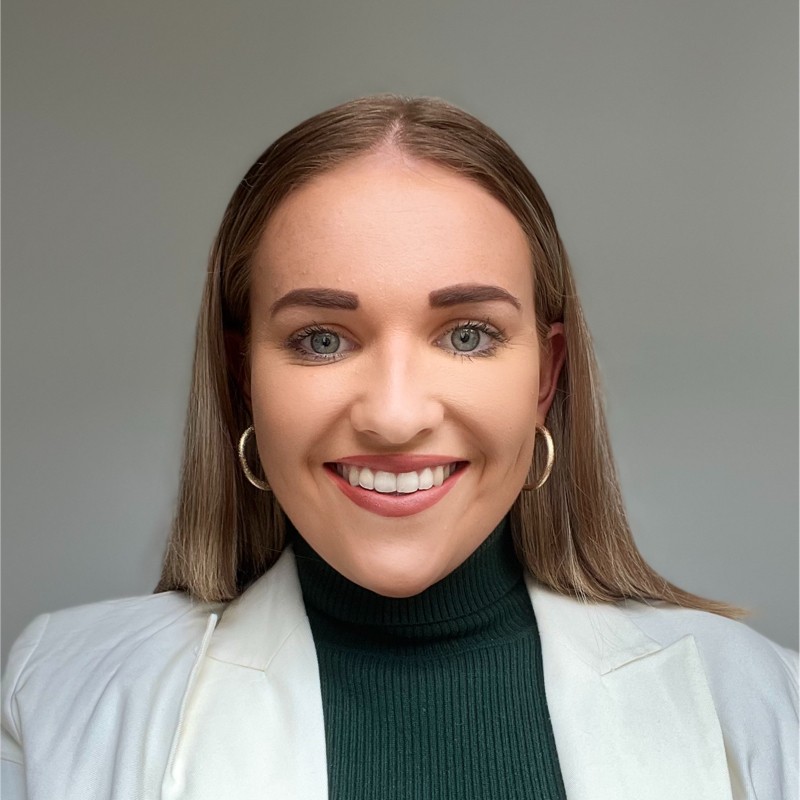
My name is Madeleine Rhodes, and I am from Queensland, Australia. I am currently completing a PhD at The University of Aberdeen, Scotland. I have a bachelor’s in biomedical engineering from the Queensland University of Technology (QUT), where I graduated with honours and achieved further study in immunology and biotechnology. My honour’s thesis focused on optimisation of the chemical composition of an innovative hydrogel material, improving the structural integrity whilst generating a functional and effective microenvironment suitable for cellular proliferation and 3D bioprinting. I additionally completed a research internship at the Prince Charles Hospital where I aided research of Cardiac Mechanical Circulator Support (MCS) technologies, predominately the left ventricular assist device (LVAD) and extracorporeal membrane oxygenation device (ECMO). This research analysed the hemocompatibility and biocompatibility of the LVAD and ECMO through use of microfluidic devices, in vitro modelling, clinical trials, and animal studies. Research Project: NMR relaxation mechanisms in biological tissuesHost Institution: University of Aberdeen Supervisor: Lionel Broche Objectives:
Secondments:
|
| DC-07 Rajka Pejanovic | ENS |
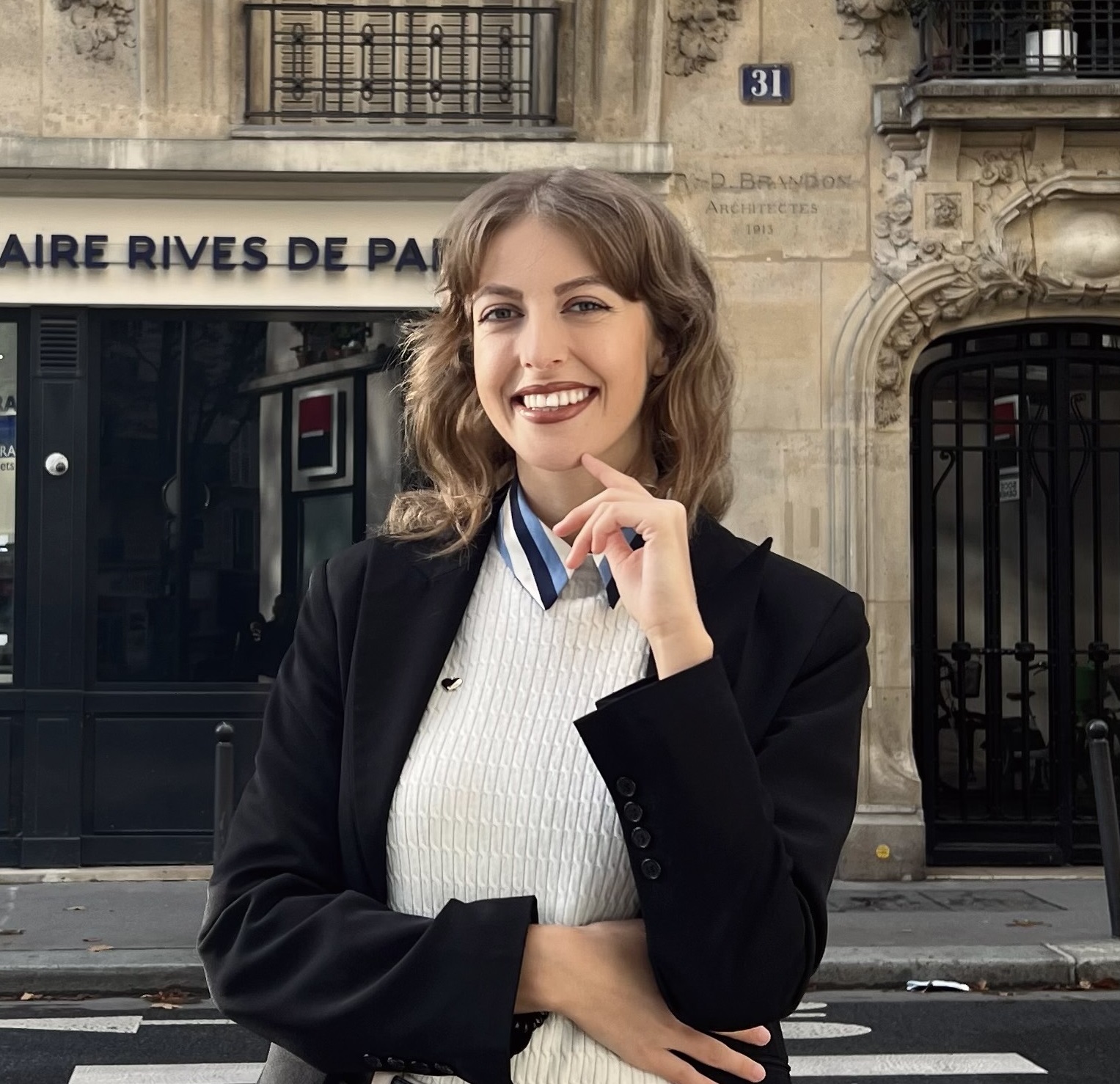
Greetings, I'm Rajka Pejanovic from the charming town of Niksic in Montenegro. I earned my bachelor's degree from the Faculty of Natural Sciences and Mathematics in Podgorica, and furthered my academic journey by completing a master's in Nuclear Physics at the University of Catania through the esteemed Erasmus Mundus NucPhy program. Throughout my academic journey, I've garnered recognition as a high-achieving student, receiving prestigious awards and scholarships that highlight my dedication to the natural sciences. Notably, the Montenegrin Ministry of Education honored me with a scholarship for being the best student during both my bachelor's and master's studies for five consecutive years. Additionally, I have achieved several other accolades, including being a two-time National Scholarship Holder for the best students from 2013 to the present. I further expanded my academic achievements by receiving the Konrad Adenauer Scholarship Award in 2020/2021 and many other, not less important, awards. Research Project: Interactomics of phosphorus-containing metabolites and lipids with high-resolution relaxometryHost Institution: Ecole normale supérieure Supervisor: Fabien Ferrage Objectives:
Secondments:
|
| DC-08 Denis Burov | STELAR |
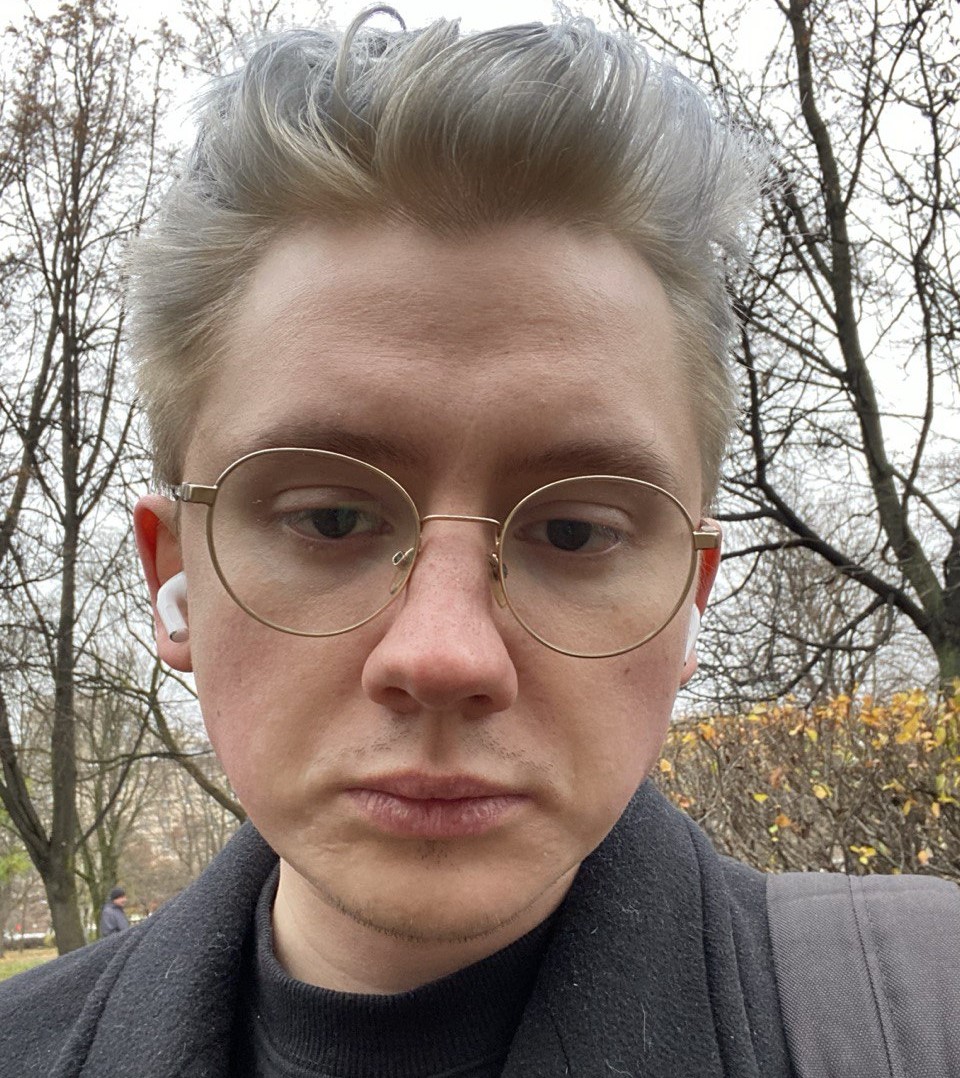
Hello, my name is Denis, and I come from Russia. My fascination with natural sciences, particularly physics, has been a constant throughout my life. Following the completion of my secondary education, I chose to further my academic journey in Saint Petersburg at Peter the Great Polytechnic University, where I pursued a Bachelor's degree in applied physics. My undergraduate thesis focused on the spectral and temporal characteristics of voice, examining their impact on listeners. This work prompted me to intentionally transition towards a career in academia. Subsequently, I enrolled in the Master's program at ITMO University, narrowing my focus to MRI and NMR physics. My master's thesis, titled "Multimode Metasurface as a Receive Coil for MRI," was a collaborative effort with colleagues from my faculty. Together, we developed a two-channel intrinsically decoupled metasurface tailored for MRI applications, surpassing the traditional two-element loop coil in Signal-to-Noise Ratio (SNR) for superficial tissues. Following graduation, I authored an extensive article in Applied Physics Letters, outlining the operational principles and practical outcomes achieved with the metasurface. Research Project: Development and optimization of the NMR detection chainHost Institution: Stelar s.r.l.u. Supervisor: Gianni Ferrante PhD course enrollement: University of L’Aquila Objectives:
Secondments:
|
| DC-09 Madalina Ranga | BRACCO |

Hello, curious minds and fellow travelers of knowledge. My name is Madalina Ranga, and I embark on an exciting journey within the FC-Relax project, set to revolutionize MRI contrast agents. Hailing from Moldova, my academic career began at the University of Debrecen in Hungary, where I earned both my bachelor's and master's degrees in Chemistry. During my tenure there, I had the privilege of serving as the Vice President of the Student Representative, honing leadership skills that complement my academic pursuits. Research Project: Pure proton-exchange based relaxation agent for MRI applicationsHost Institution: Bracco Imaging S.p.A. Supervisor: Zsolt Baranyai PhD course enrollement: University of Florence Objectives:
Secondments:
|
| DC-10 Valeriia Baranauskaite | RS |
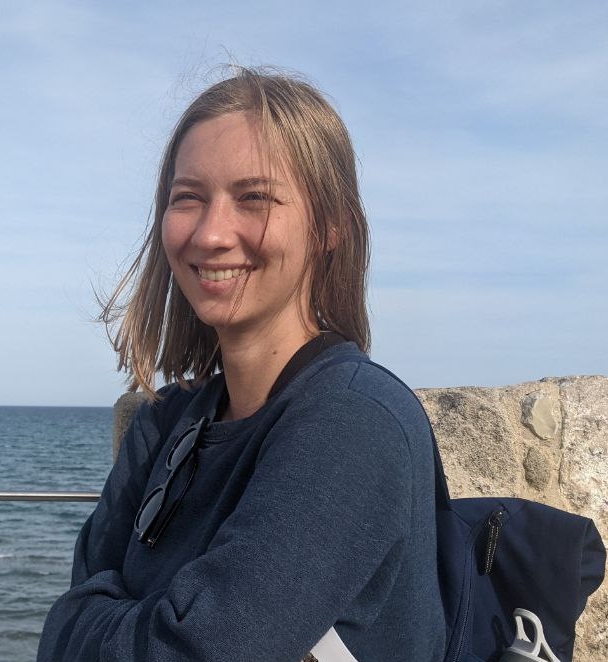
My name is Valeriia Baranauskaite. I specialize in chemistry and physics. In my academic journey, I engaged in diverse projects, primarily focusing on the investigation of solutions and solids using various experimental techniques. The very first project of mine centered on producing gas sensors via Laser Induced Deposition. We successfully developed a technique to create a tiny yet highly porous gas sensor from aqueous solutions. We studied the formation process under varying conditions, including solution pH, composition, concentrations, deposition materials, and different laser power regimes. This project significantly expanded my knowledge, covering FTIR spectroscopy, SEM, EDX, SIMS, and providing insights into laser principles and electrochemistry. Another project aimed to develop a model for ternary electrolyte solutions. We examined phase diagrams across a wide temperature and concentration ranges: from ideal solutions to brines and subsequent crystal structures. Using thermodynamic approaches, we determined key parameters, including activity coefficients, enthalpies, and entropies. Our research employed various spectroscopic techniques such as Raman, NIR, and FTIR spectroscopy, as well as X-ray crystallography, supported by statistical analysis to deepen our understanding of these systems. Nuclear Magnetic Resonance played a crucial role in our investigation. We have studied relaxation times on different nuclei and diffusion coefficient of these nuclei in the wide concentration range and at different temperatures. Nuclear Magnetic Resonance aid greatly in drawing conclusions about dynamic structures. My third project in which I took part involved a study of elusive molecules within both aqueous and non-aqueous solutions. The primary objective was to stabilize these elusive molecules, enabling in-depth investigations using steady-state techniques, including UV/Vis spectroscopy, Fluorescence, FTIR spectroscopy, and NMR spectroscopy. Upon successfully achieving this objective, I have conducted proton transfer reactions with these stabilized molecules under ambient conditions, which helped to determine their kinetic and thermodynamic functions related to decomposition and protonation. Research Project: Molecular dynamics and structure of partially crystalline materials by Time-Domain NMRHost Institution: Resonance Systems GmbH Supervisor: Leonid Grunin PhD course enrollement: Lappeenranta-Lahti University of Technology Objectives:
Secondments:
|
| DC-11 Mamoona Riffat | LUT |
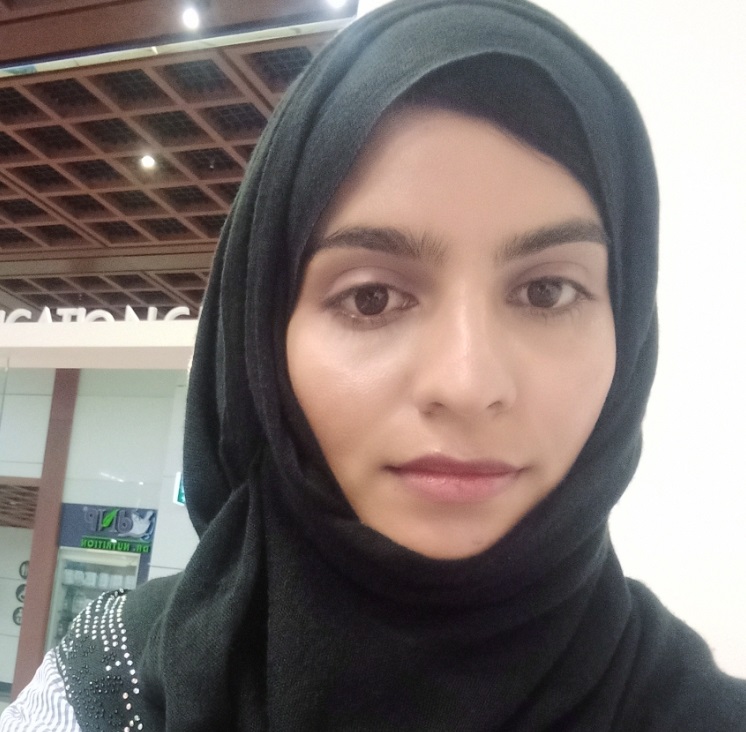
Hello! My name is Mamoona Riffat. I have completed my master in Physics from University of Management and Technology, Pakistan. My research field is related to nanophysics. My thesis topic was about Preparation and Characterization of CdTe/ZnO heterostructures for production of hydrogen via water splitting. I have developed a home made setup of Chemical Vapor Deposition. Where I prepared various ZnO samples at different temperatures. After completion of my master's study, I started teaching Physics at undergraduate level but I was passionate to learn more. So, I decided to pursue Doctoral studies in Physics. I am excited to work in FC-RELAX MSCA doctoral network project, where people from different countries with different ideas will collaborate with me. This will increase my knowledge and skills. Research Project: Theory and molecular dynamics simulations of NMR relaxation of dendrimers for biomedical applicationsHost Institution: Lappeenranta-Lahti University of Technology Supervisor: Erkki Lähderanta Objectives:
Secondments:
|

https://cordis.europa.eu/project/id/101072758
